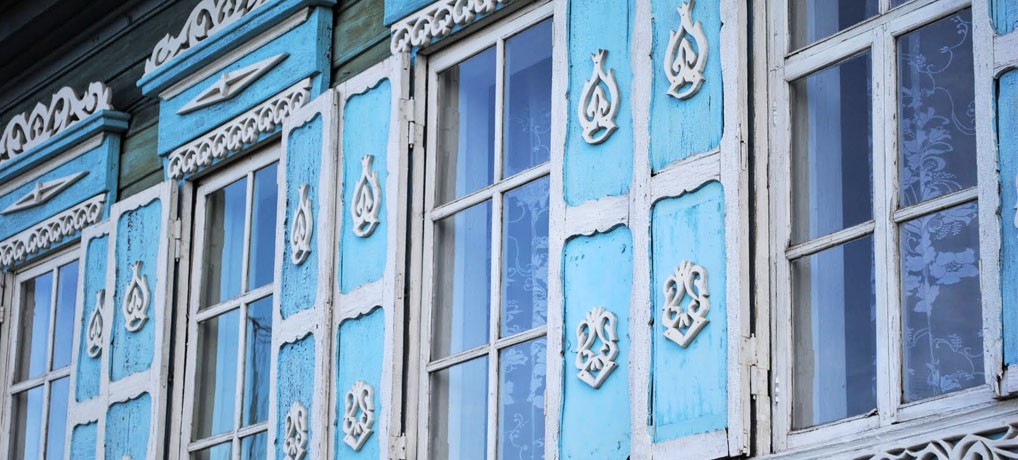Lake Baikal
636 kilometers from north to south, 60 kilometers wide. 1637 meters deep on its Western shores. It’s the present given by rotating drunken tectonic plates that formed the deepest lake in the world and the fifth ocean of the globe, splitting the Asian continent into two parts. Its waters are never warmer than 15° and brave swimmers risk vertigo as it’s possible to see down as far as 40 meters when they face its chilly waves. It must feel like flying. You can also drive across on the 1m-thick ice in wintertime. The Pearl of Siberia is a living museum of flora and fauna, 80% of which is found nowhere else on the planet. Omul, golomyanka, nerpa: it must be very hard to be a unique natural experiment in the world.
Irkutsk lies some 70 kilometers from Lake Baikal, and it’s known as the “Paris of Siberia”. Kilometer 5185 of my Transmongolian itinerary. Here, between the 17th and the 18th century the indigenous Buryats are coercively removed by a Cossack garrison and it became the springboard for expeditions to the far north and east including Alaska. It also became the trade center from which furs and ivory were dispatched to Mongolia, Tibet and China in exchange for tea and silk. Some ten years later, Lena Basin became the setting for gold rush that led to grand brick expansion in the area. Legacy of the the above human movements can be found on the charming wooden houses with lacy carved decorations. In front of those window blinds I keep thinking: what’s happening on the inside? Is there someone watching TV? A boy studies maths in his room. A dog is playing with a skinned bone. A mother is crying, on the other side.
I have chosen to forget all Stalin’s tragic architectonic experiments in Irkutsk, and Bogoyavlensky Cathedral that looks like the local Siberian Disneyland. I have chosen to remember the whitewashed Saviour’s Church with its precious affrescos inside, and the silent steps taken by an old lady wearing a colourful headscarf bending in front of Black Madonnas hanging from the walls opposite to the iconostasis. Above all, though, I have chosen to remember that military parade, those boys and girls marching like plastic dolls. Lifeless eyes, heartless movements. They seem to have no galloping hormones either.Lyrics from “Empty Spaces” by Pink Floyd spin in my mind while I am taking close-ups of their faces: what shall we use to fill the empty spaces? Where we used to talk? How shall I fill the final places? How should I complete the wall?
And then I arrived to Listvyanka – some 70 kilometers by car from Irkutsk. Its fish market, a neglected picnic area I discover around 5,30 am thanks to an annoying case of insomnia, that gargantuan boat abandoned on the lake shores like a pair of broken shoes, the impossible meals provided by my guest who is widow and who owns a chalet where the toilet too is wooden, a 5-hour-cruise on the deepest waters of the planet, a walk on those train tracks that failed to become part of the Transiberian railway. And then also, Ross and Ailsa from Down Under who share my fear for those Mercedes Benz arriving at the local bar showing off their golden wheel covers from Moscow and those Prada shoes, coming out from them.
When I think of Listvyanka, though, I remember that dawn. A nerpa seal jumped out of the waters that morning. Life felt enormous. My freedom was limitless. Mongolia was getting closer. My mind was alerted and curious. My nostrils were freed from our Western comfort zone.
